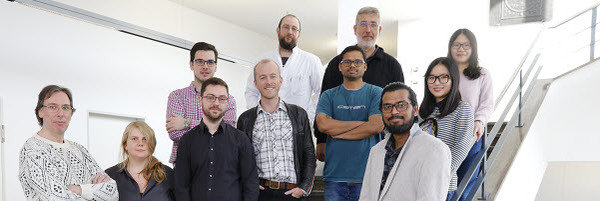The mechanical properties of bulk CrFeCoNi compositionally complex alloys (CCA) or high entropy alloys (HEA) are widely studied in literature [1]. Notably, these alloys show mechanical properties similar to the well studied quinary CrMnFeCoNi [2] . Nevertheless, little is known about the deformation mechanisms and the thermal behavior of these…


